First impressions matter. My first two impressions when opening the box and pulling out Sigma’s newest lens – the 100-400mm f/5-6.3 DG OS HSM Contemporary – were 1) the lens was smaller than I anticipated (not a lot bigger than a lens like Canon’s new 70-300 IS II and similar in profile) and 2) the build quality felt more premium than I anticipated. Both of these are good news for Sigma. On the negative side I also observed that this was the first Sigma lens that I’ve personally unboxed that did not have an included lens case. All in all, however, the positive first impressions for the 100-400 C easily outweighed the negative. I had fairly low expectations for this lens, in part because the lenses in this focal length have always carried a much higher price tag, and I already own the best of the bunch – the Canon 100-400mm f/4.5-5.6L IS II. I was a little skeptical that Sigma could make a truly competitive lens at such a relatively low price point. I’m happy to report, however, like my first impressions, the Sigma 100-400 C is a lens that exceeded my expectations on nearly all fronts. Interested? Read on…
Prefer to watch your reviews? I’ve got you covered. Check out my full video review here:
Design, Build, and Handling
Sigma did something a little different with their lens announcements for the year in 2017. They simultaneously announced four lenses: the 24-70mm f/2.8 OS, 14mm f/1.8, and 135mm f/1.8 lenses in their “Art” lineup, with the 100-400mm f/5-6.3 OS as the lone entry in the “Contemporary” line. (And no, I still don’t really know what Sigma was going for with the “Contemporary” branding. It makes no more sense now than it did four years ago.). The 100-400 C announcement was somewhat overshadowed by the more exotic ART series announcements, but the 100-400C has the potential to be most important lens in this lineup for many shooters (though few lenses are more indispensable than a 24-70 f/2.8 lens).
Why do I say this? There are three reasons I think the 100-400 C is going to be an important lens for Sigma.
The first is price. The main first party players (Canon, Nikon, and Sony) each have a 100-400mm lens (80-400mm in the case of Nikon), and each of these lenses sell for in excess of $2000 in the US market. The Sony sells for $2500 USD. The 100-400 C? It comes to the market at $799 USD. That’s less than a third the price of the Sony! The reality is that most photographers deal with some amount of financial restraints, so the incredible price of this new Sigma is going to make it very attractive to a number of photographers. I can speak as a person with a kit full of fabulous lenses and attest to the fact that I only occasionally shoot with focal lengths longer than 200mm, so I might be tempted by a lens like this (if it were competent) for the simple reason that I could then spend that difference in price on equipment I might use more regularly. I offer that anecdote as evidence that a competent, reasonably priced alternative to the more expensive first party lenses might appeal to a broader range than just those on a budget.
–For the record, I already own Canon’s exceptional EF 100-400L II, which I will use as a benchmark as it is, to my knowledge, the best lens available that covers this focal range.–
Secondly, I believe this lens could prove highly successful because of its focal length. The first lens I thought of when I first looked at the 100-400 C in person was that new Canon 70-300 IS II, and it struck me that this could be a credible alternative to the 70-300 variants because it isn’t vastly bigger (7.18”/182mm vs 5.7”/145mm in length, 2.55lb/1160g vs 1.56lb/708g in weight) or vastly more expensive ($250 USD more). Both of these are close enough to allow for some cross-shopping, and I think there will be a number of people tempted by the extra “reach” afforded by the 400mm telephoto end. The 100-400 C also offers some weather sealing, which, to my knowledge, isn’t included on most of the 70-300mm options this lens might compete against.
Finally, I think this lens could prove to be an attractive alternative to the significantly larger and heavier 150-600mm variants. No, it doesn’t have as much reach, but not everyone needs 600mm of reach, and the 100-400 C is much easier to tote around. This lens is about 2.5lb, the 150-600 C is 4.3lb, and the Sport version weights 6.3lb! That makes the 150-600 lenses close to 2x and 3x as heavy. One of the reasons I switched from the Tamron 150-600 VC to the Canon 100-400L II (+1.4x TC) was the portability factor. It just fit into my various bags and backpacks better. I can fit the 100-400 C mounted on a 5D Mark IV in something as small as my Lowepro Toploader 55 AW, something you could never say of one of the 150-600mm lenses.
Add to this the fact that the lens looks better than its price tag and promises to punch above its weight optically and you have a [potential] recipe for success. Take a look at this video where I break down the build and design:
Sigma’s current design language is excellent. Their lenses are sleek and modern, and, while they are essentially all black, I feel like Sigma does an excellent job of utilizing texture variation to make the lenses seem far from monochromatic. I particularly like the sections that utilize a very fine ribbing that adds both visual flair and added grip. The finish definitely feels a cut above the 150-600mm Contemporary lens, which feels a little cheaper by comparison. The materials are the standard engineered plastics (‘thermal composite’ in Sigma speak) over a metal core and brass bayonet mount, but the feel/finish of the materials feels more premium to me than the 150-600 C.
A definite area of improvement is in the manual focus ring, which feels and moves much better on the 100-400 C. It still feels like a MF ring on an autofocus lens, but the action is quality. The feel of the ribbed ring itself is also good. Its location may not be a favorite for some shooters, as the MF ring is closer to the mount end and the zoom ring is further out. Most photographers prefer the opposite order, but unfortunately there isn’t really a standard for this ring order. The Canon 100-400L II has the zoom ring first, but the Canon 70-300L has the MF ring first.
I wasn’t initially crazy about the shape/profile of the lens hood, which has a fairly pronounced “scoop” near the base. A conversation with a friend within the Sigma organization revealed a very practical reason for the design, and that was for it to be utilized as a push/pull type lens. You essentially can choose to either use the traditional “twist” zoom action or employ the push/pull zoom action if that is your preference. Finding out that the somewhat irregular hood shape had a functional purpose quickly changed my perspective of it, and I can attest that the shape is well suited to quickly gripping and extending the zoom.
The front element features a surprisingly small 67mm front filter thread. That’s a positive in that 67mm filters are both common and inexpensive, but it is also a reflection of the fact that at no point does this lens let in a lot of light. The 150-600mm variants from Sigma have a 95mm front filter (Contemporary) and 105mm front filter (Sport).
The lens features a traditional zoom lock switch near the “C” logo almost directly in the middle of the lens. It has all of the traditional limitations, too, namely the inability to lock at any position save the fully retracted (100mm) position. It also essentially guarantees that the major omission here cannot even be rectified with an aftermarket solution.
That omission is any kind of tripod collar/foot. This is typically considered essential for a lens like this, but Sigma has clearly bet on the assumption that most photographers will use this lens exclusively handheld. While I didn’t often miss the collar for most of my day to day shooting, I REALLY missed it when trying to shoot standardized results and comparisons from a tripod. Without that collar expect the lens to feel very front heavy on a tripod. It is difficult to set an exact framing, as you will mostly have to adjust the tripod with the lens aiming above the target level and then let gravity bring it back down to the desired level. This is far from precise, however, and was a bit of a frustration. Fortunately I am rarely in this kind of situation with this kind of lens in the real world, though I can see this being an issue when trying to use the lens for landscapes.
Some of you could care less about the omission of a tripod collar as it adds up to a lighter lens, but for some this will be a deal breaker. The nature of the lens design also means there isn’t really any room for an aftermarket tripod collar, and the zoom lock being in the one area without anything else prohibits attaching one there as well.
There are four switches located about two inches into the lens. The first gives you options for the autofocus, including the standard AF, then a MO (manual override) which will allow you to manually override the focus result at any point (my standard choice), and then the straight MF (manual focus) option, which will turn off the autofocus motor.
The second switch is the focus limiter, something always welcome on a telephoto lens. I find that the lens is just slightly slow to rack the full range of focus, so employing this selectively/appropriately will make a difference. Once again there are three choices: Full, 6m to Infinity, and 1.6m-6m.
The third switch enables control over the OS (optical stabilizer), and includes OFF| Position 1 | Position 2 choices. Position 1 is the standard balanced performance, while Position 2 disables one axis of stabilization for enhanced panning action.
The final switch allows you to access two previously programmed “Custom” functions. You enter these through the Sigma USB dock and the Sigma Optimization Pro software. This includes the ability to customize the AF performance (Fast AF, Standard AF (balance between speed and smoothness), and Smooth AF (optimized for video). You can also set a custom focus limiter setting in a second menu. The final option to program to a custom mode is the OS performance. Three options are present: Dynamic View (prioritizes smooth viewfinder), Standard (balance between the two extremes), and Moderate View (prioritizes applying stabilization to the image capture and focuses less on steadying the image in the viewfinder). I can’t say that I saw any major difference when applying these customization changes, but you might. I consider the custom modes to be a nice feature at this price point, however.
All in all there is only one thing to complain about, and that is the lack of a tripod collar, and, in particular, the inability to add one as an optional accessory. Sigma clearly made a decision to eliminate that from the design, but that will alienate at least a percentage of the market. Beyond that, however, there is little else to complain about. Everything else about the lens felt better than its price point suggests.
100-400 C Optical Performance
Let’s get the weak point dealt with first: this lens is definitely on the “slow” end in terms of aperture. It adopts the same variable aperture of the bigger 150-600mm lenses, except that maximum aperture of f/5 only lasts for a heartbeat. By 114mm the maximum aperture closes to f/5.6, and further closes to f/6.3 from 234mm on. Like the 150-600 variants, this is a lens that needs a good amount of light to thrive. This is one area where it really suffers in comparison to the Canon 100-400L II, which, while also variable aperture, lets in quite a bit more light at any focal length.
| Lens | f/4.5 | f/5 | f/5.6 | f/6.3 |
| Sigma 100-400 C | N/A | 100-113mm | 114-233mm | 234-400mm |
| Tamron 100-400 VC | 100-137mm | 138-184mm | 185-280mm | 281-400mm |
| Canon 100-400L II | 100-134mm | 135-311mm | 312-400mm | N/A |
As this chart shows, you are going to need quite a bit more light with the Sigma than with the Canon, which actually doesn’t reach it’s smallest maximum aperture until fairly late in the focal range. The rival lens from Tamron also does a bit better in this area, with a wider maximum aperture on the long end and the ability to hold onto the larger aperture values a little longer.
One thing that stood out to me is the nice level of saturation on the images I shot from the lens, even at maximum aperture values. It doesn’t need to be stopped down to provide saturation and contrast; you can get great results right from wide open. This helps to offset the slow maximum aperture values somewhat; there is no real need to stop the lens down to get maximum performance from it. Images look great right out of the box from the lens.
I did a direct comparison with the Canon 100-400L II lens, and, frankly, I expected the Canon to dominate the Sigma. It costs more than 2 ½ times as much and is the best lens in the class. What I found surprised me. To fully appreciate this I recommend that you watch this video:
At 100mm and a comparison shot with mirror lockup, on a tripod, and Live View 10x focused the Sigma unquestionably had the optical advantage across the frame. I tried it with both lenses wide open (f/4.5 for the Canon, f/5 for the Sigma), and then stopped them down to equivalent apertures. The Canon caught up in the middle at about f/5.6, but the Sigma was demonstrably sharper near the edges of the frame at all tested apertures. It also showed less chromatic aberration and better contrast. Wow! Each of the comparisons to come are pixel level crops from the far left, center, and then far right corners.
Comparison with both lenses wide open at 100mm:
With both lenses stopped down to f/5.6:
At 200mm the advantage shifted to the Canon, though it was marginal and the Sigma produced very close image quality stopped down. The difference between the lenses was only apparent at pixel level, and barely visible there.
At the most crucial 400mm position the Canon’s maximum aperture is f/5.6 while the Sigma’s is f/6.3. With both lenses wide open I was shocked to find a [very] slight advantage for the Sigma! When I stopped the Canon down to f/6.3, I felt it was ever-so-slightly better, but with both stopped down to f/8 the slight advantage shifted back to the Sigma. I was blown away by this result, as often budget telephotos fall apart on the long end.
The reality is that there is very little optically to distinguish these two lenses. The Sigma vignettes much more heavily compared to the Canon, and the 100-400L II also has an aperture advantage at every focal length, but the Sigma shows similar and even superior sharpness and contrast at various points. The 100-400 C also showed less CA in my testing. All in all I found this an extremely surprising result and have to really commend Sigma for putting together such a high performing lens at such a great price.
I was also pleasantly surprised by the bokeh quality from the lens, which seemed every bit as nice as that from the Canon.
Optically there are only two real weaknesses – a very slow maximum aperture and some vignette, but if you can live with these (and one other issue to come), you will find a lot of lens for your money. I would recommend visiting the Image Gallery to see a many more images and get a sense for yourself!
APS-C Performance
I realize that many APS-C (crop sensor) shooters will be interested in this lens, so I spent some time with it mounted on my Canon 80D camera body. Not every lenses translates well to an APS-C body, but the 100-400 C did great in this application. On a Canon body (1.6x crop factor) the lens has a full frame equivalent focal length of 160-640mm, so it offers a truly impressive amount of reach in this application. I was very pleased with the image quality from the lens on APS-C, and so no new optical flaws introduced that I could tell. Details continue to be good, no new chromatic aberrations appeared, and vignette is of course reduced by the crop factor.
Here are a few samples from 400mm, f/6.3, with near pixel level crops:
I see no reason why APS-C shooters should not strongly consider this lens. In many ways I think it makes more sense here than the 150-600mm lenses in many situations as the wide end remains more useful and the 600+mm equivalent long end is plenty in most situations. I also think the image quality (for me) held up better in the transition to crop than what I’ve seen from most of the 150-600 variants. This lens is much, much easier to pack around, too. I feel like it will balance much better than the larger first party 100-400mm lenses on any camera body save, perhaps, a 7D Mark II or equivalently sized body.
I’ve got an APS-C Image Gallery here:
I’ll comment further on the autofocus performance in general in a moment, but I will add here that I found autofocus performance roughly similar on the 80D to the 5D Mark IV. Accuracy was very good on the 80D, and speed was adequate for most things.
Autofocus Performance
The first thing to note is that while this lens has been on the market for less than a month, there has already been a firmware update specifically addressing some autofocus improvements. This is somewhat of a two-edged sword, as on one hand it indicates that Sigma is being proactive about supporting the lens. That’s a good thing. On the other hand I’m a little concerned by the message that is sent by this: it feels a bit like the lens might have been rushed to market before some of the final refinements were made. This isn’t a problem for owners of the Sigma USB dock, but leaves those without either having to purchase one or feeling the need to send their brand-new lens back to Sigma for the update.
Those reservations aside, I was encouraged during my calibration process to see nicely repeatable results and a linear pattern of adjustment. I used the USB Dock to input calibration at different focal lengths and focus distances, and saw the kind of pattern that I like to see (one that makes sense). The lens definitely required some adjustment, but didn’t show any of the random misfocus results that plagued some of the earlier Sigma lenses (18-35 ART, 35mm f/1.4 ART, 50mm f/1.4 ART) that I’ve reviewed. I would encourage you to check out my video series on how to properly do lens calibration if you are unfamiliar with the process here. There images show the difference in results after calibration along with the [lens specific] values that I plugged in. Note that these values won’t work with your lens/body combination but are simply shown to illustrate my process.
In the field I was further assured. I saw good, accurate results there as well, with images nicely focused in both One Shot and AF Servo modes. I’ve actually had pretty good success with Sigma’s telephoto lenses in this area. Autofocus accuracy is a strength rather than weakness for this lens.
There is only one area that I have a bit of concern, particularly for those who want to shoot sports or other higher speed targets, and that is the focus speed. I found the lens tracked acceptably in AF Servo with moderately speed subjects once I had focus locked, but I did have an issue with the lens picking up an object already in motion. This was using a Canon 5D Mark IV, which has an exceptional autofocus system.
I ran a number of tracking tests that I consider to be a “torture test” – a small dog charging towards the camera at full tilt. The Canon 100-400L II has an excellent focus system, and yet it doesn’t always pass this test. But it definitely showed its superiority here, where I was sometimes able to track a whole sequence across many frames in AF Servo mode (one sequence had 17 frames over a period of less than three seconds, all well focused). The Sigma, however, often only achieved a few frames in focus in similar conditions. At times it would lose focus and I wouldn’t be able to achieve a fresh lock, so pressing the shutter did nothing. Focus would also lag sometimes behind the subject, as if the focus motor wasn’t quite keeping up.
I would definitely recommend utilizing the focus limiter when possible, as while the lens is quick to make small to medium adjustments, it takes a while for it to rack the full range of focus. I would guess that the HSM motor doesn’t have as much torque as what the Canon 100-400L II that I own does.
Bottom line is that the focus system of the 100-400 C didn’t work nearly as well for higher speed subjects, and if you want to shoot sports, bird in flight, or fast moving wildlife I’m afraid you will be better served spending more money for the first party options.
For most of the subjects that I typically shoot, the lens works great, but I did have a few situations where I was left wishing for a little more focus speed in one shot mode. I also encountered a few isolated situations where (much like the 150-600 C) the 100-400 C didn’t want to lock focus at all. I do a lot of hiking (a great way for me to mix business and pleasure!), and so often will shoot scenes on trails where the lighting is mixed. The photo below particularly stands out, because I stood in what seemed to be plenty of light and tried to find a high contrast edge to lock onto on the foreground leaves with the defocused trail beyond. I was first using a grid with about 10 focus points active, and it simply wouldn’t lock focus. I switched to the finest point on my 5D Mark IV – just the single center point active and tried to put it right on leaf edges or something with higher contrast. No luck. I had to play around with it for probably 20-30 seconds with a little manual override before I finally got it to lock focus, though I had to switch to another point to focus on to make it work. The final result is focused just fine, but the process showed the lens hesitation in that kind of setting.
Bottom line is that the combination of a relatively slow maximum aperture and an autofocus system that isn’t top shelf (at least in terms of speed) is perhaps the only place where the budget origins of this lens are betrayed and could be a limiting factor for someone who is serious about moving wildlife or sports.
Sigma 100-400 C Lens Stabilization
Any lens with a focal length reaching out to 400mm is going to need a good image stabilization system, and that is particularly true of lenses with small maximum apertures. Sigma has outfitted the 100-400 C with its Optical Stabilizer (OS).
Sigma 100-400 C, handheld using careful technique.
- At 400mm, 1/25th of a second. All six shots (one extra) were acceptably sharp with about half of them perfectly sharp.
- At 400mm, 1/15th of a second. All shots were acceptably sharp with about half of them perfectly sharp (no change).
- At 400mm, 1/10th of a second. 1 shot blurry, 3 shots acceptably sharp, and 2 perfectly sharp.
- At 400mm, 1/6th of a second. 2 shots extremely blurry, 2 moderately blurry, 1 shot acceptably sharp, 1 shot perfectly sharp.
The Sigma OS is less effective at stabilizing the viewfinder image, but, much like Tamron’s “Capture Priority” VC setting seems to do a good job stabilizing the actual capture. Here’s one of the “keepers” I got at 1/6th second.
Canon 100-400L II, same process.
- At 400mm, 1/25th of a second. 1 shot acceptably sharp and 5 shots perfectly sharp.
- At 400mm, 1/15th of a second. 1 shot slightly blurry and 5 shots perfectly sharp.
- At 400mm, 1/10th of a second. 1 shot blurry, 3 shots acceptably sharp, and 2 perfectly sharp.
- At 400mm, 1/6th of a second. 3 shots extremely blurry, 3 shots acceptably sharp.
The two stabilizer systems operate slightly differently, but produce results more similar than different. I slightly favor the way the Canon image stabilizer works, but the end result isn’t all that different.
Conclusion
I really do feel like Sigma knocked this one out of the park…for many shooters. There are really only two things that should give you pause to consider: 1) do you need a tripod collar? 2) do you need to track fast moving action (particularly subjects that quickly move towards you)? If you are primarily a handheld shooter, then the reasonable weight of this lens is going to make it a favorite for you. If you will shoot occasional action and don’t need high end tracking, then the accurate AF system should meet your needs. I feel like the only thing that holds this lens back from being absolutely exceptional (and a very serious competitor to far more expensive first party lenses) is the unexceptional tracking performance. Still, I had good accuracy in One-Shot AF mode for everyday shots, and there is no question the lens has fantastic image quality that is on par with the top tier first party lenses. If you are on a budget and don’t need the absolute best AF system, I think the Sigma 100-400mm f/5-6.3 DG OS HSM Contemporary should jump to the top of your list.
Pros:
- Fantastic price to performance ratio
- Excellent image quality across the focal range
- Good color and contrast
- Nice build quality for the class, including some moisture resistance
- Accurate autofocus in One Shot mode
- Reasonable size and weight
- Effective image stabilization system
Cons:
- AF system doesn’t track fast motion well
- No tripod collar included; no room to add one
- Particularly small maximum aperture across focal range
- AF can hunt in dim light
Gear Used:
Canon EOS 5D Mark IV (5D4): B&H Photo | Amazon.com | Amazon Canada
Canon EOS 80D: B&H Photo | Amazon.com | Amazon.ca |
Purchase the Sigma 100-400mm f/5-6.3 OS HSM: B&H Photo | Amazon | Amazon.ca
Adobe Lightroom CC Software for Mac and Windows (Boxed Version)
Adobe Photoshop Creative Cloud 1-Year Subscription
Alien Skin Exposure X2 (Use Code “dustinabbott” to get 10% anything and everything)
Purchasing your gear through B&H and these links helps fund this website and keeps the articles coming. You can also make a donation here if you would like. Thank you for your support.
Great News! I can now offer a 5% discount on all purchases at Amplis Foto, Canada’s Leading Photographic Supplier. Please enter discount code: AMPLIS52018DA in your cart. It is good for everything in your cart, and is stackable with other coupons, too! It will take 5% off your entire order! Proceeds go towards keeping this site going and providing you with new reviews!
Check me out on:
My Patreon: https://www.patreon.com/dustinabbott
Google+: | Facebook: | Twitter: | Flickr: | 500px: | Sign Up for My Newsletter :


Travel Banner:




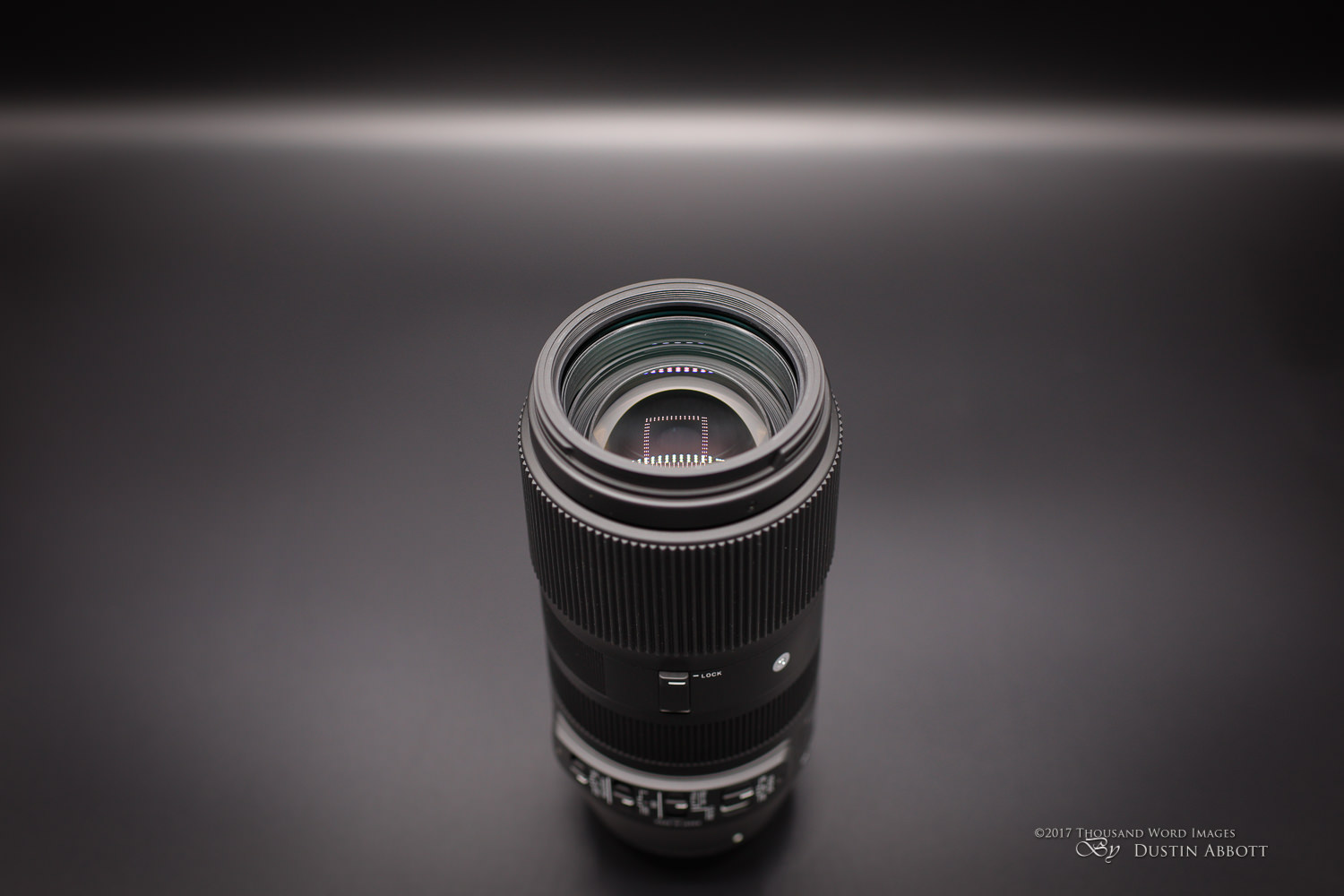
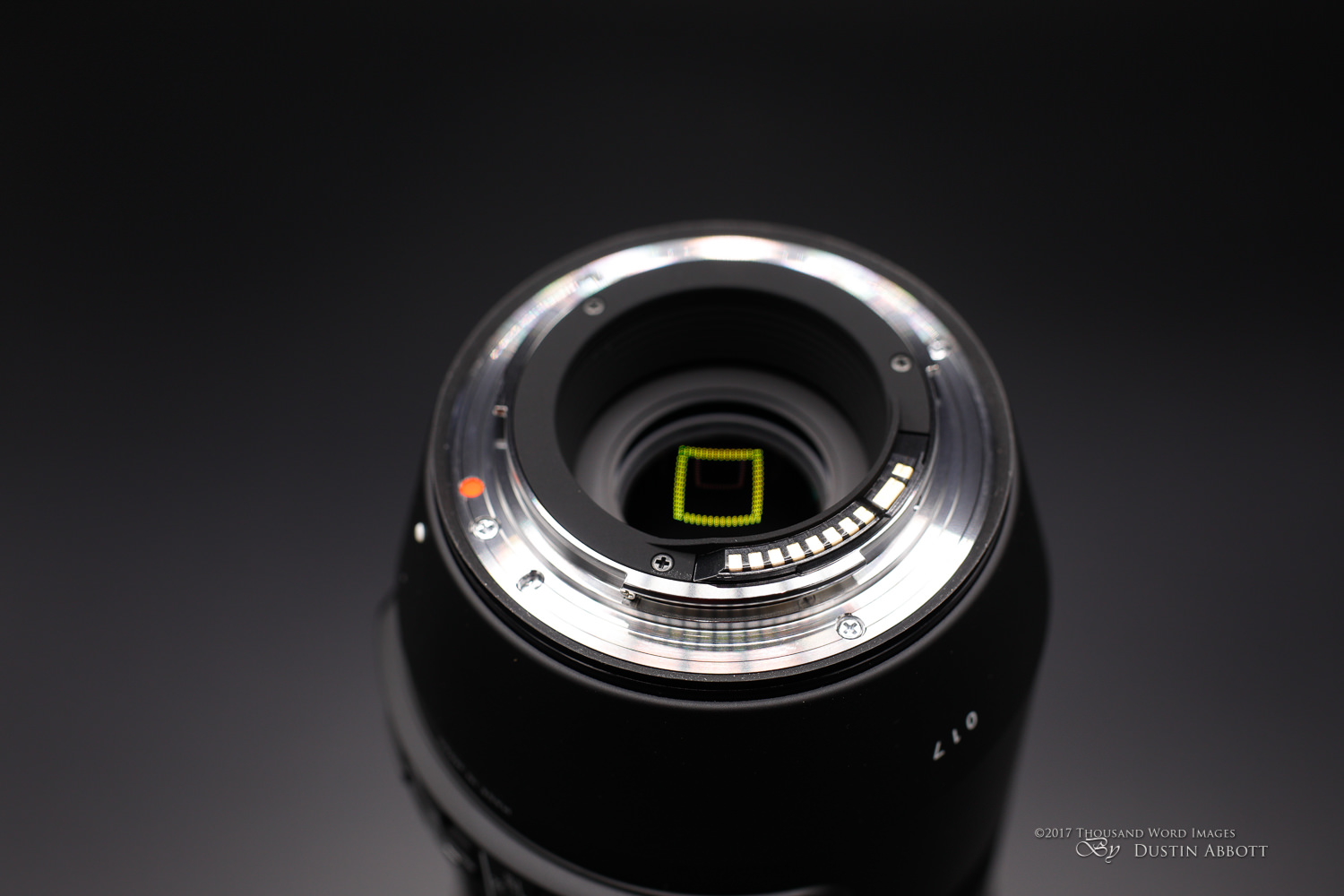
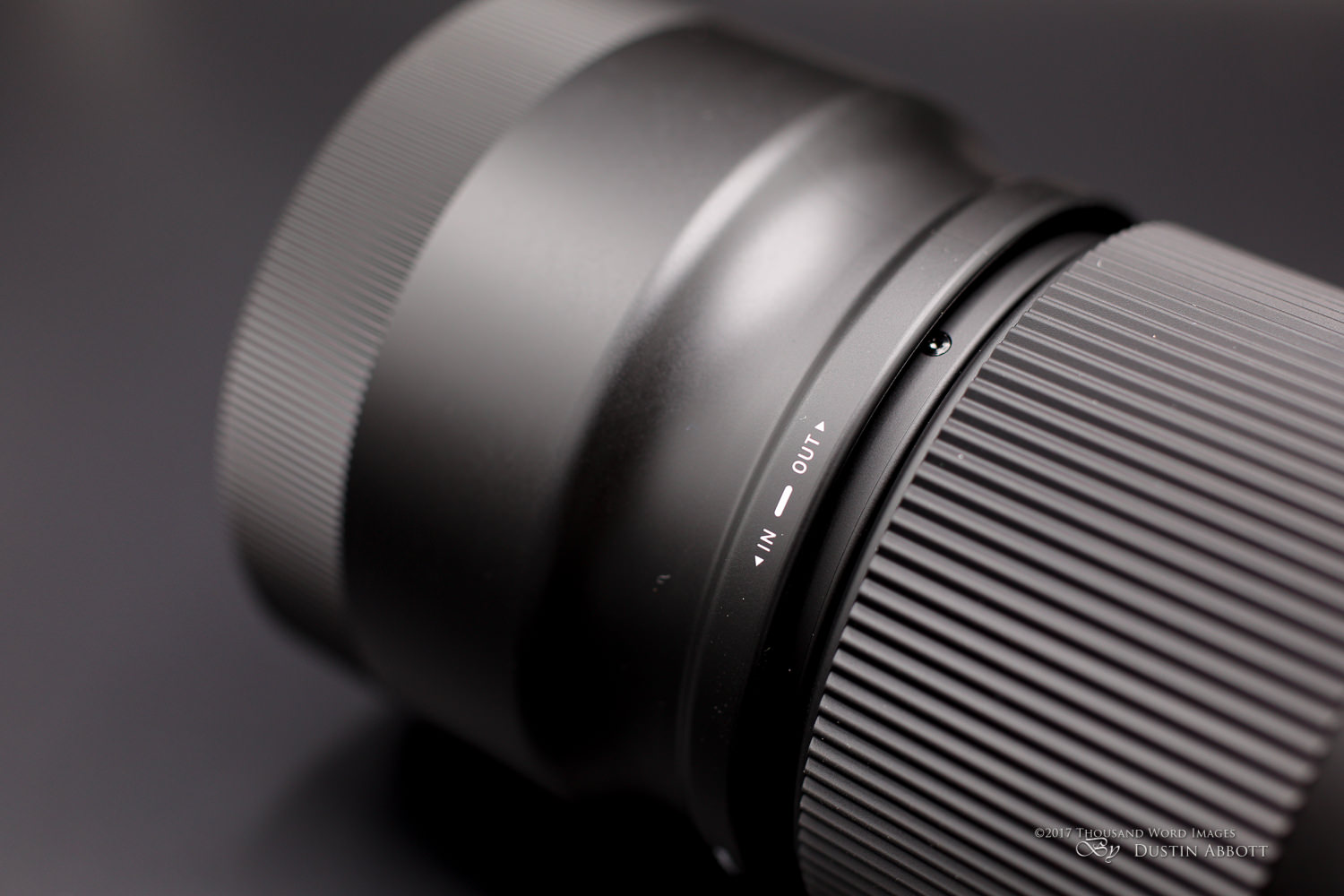
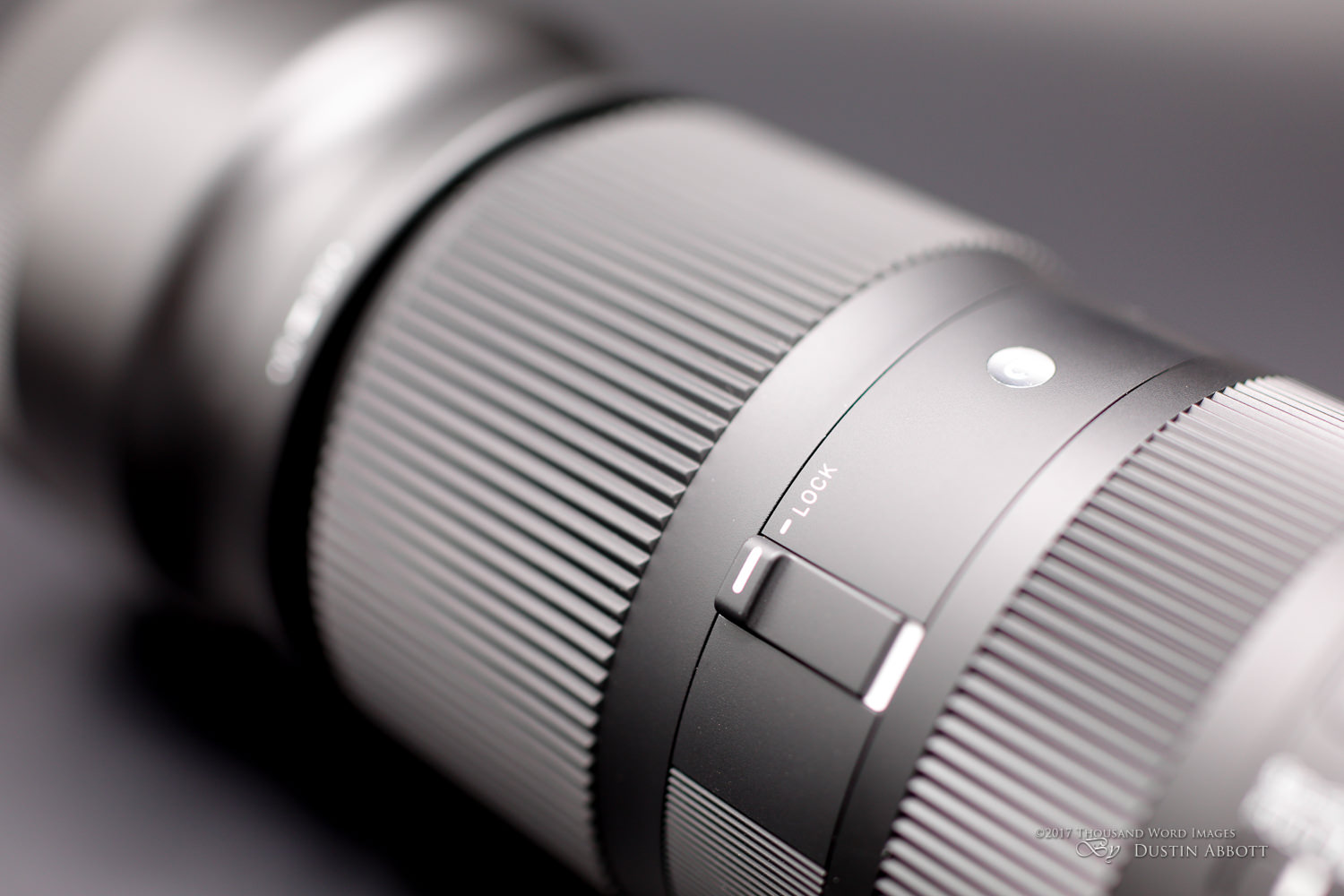
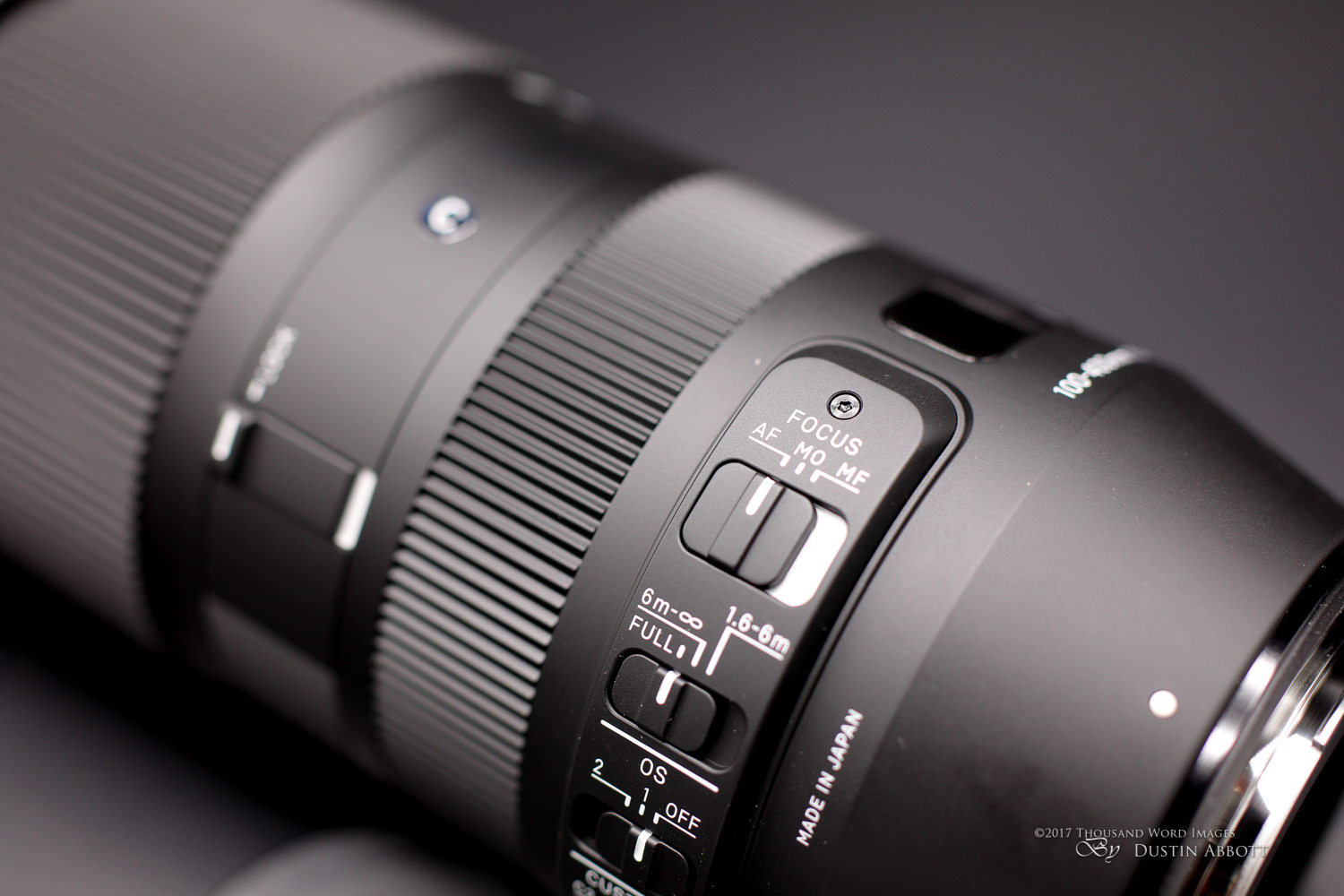














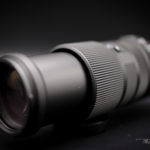
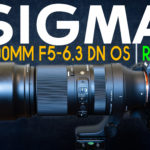


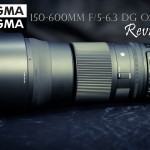



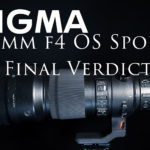
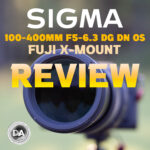
[…] long zoom would facilitate images that I’d been missing. Reviews, for example here and here, of the Sigma 100-400mm f5-6.3 DG OS HSM C however indicated that it would be worth a try, and I […]